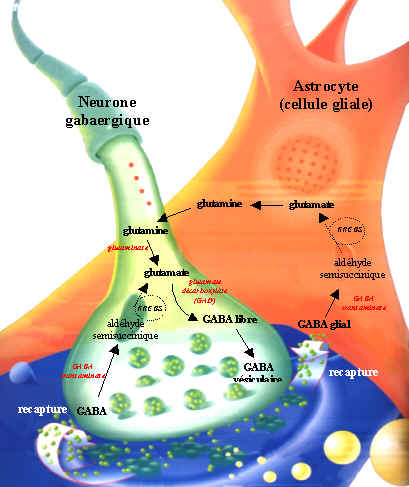
(PhysOrg.com) — when presented with images of faces depicting various emotional states, people who look briefly at fearful expressions are more vulnerable to Post Traumatic Stress Disorder (PTSD) than those who look at the images longer, a finding of particular concern for U.S. soldiers fighting in Iraq and Afghanistan, University of Texas at Austin researchers say.
Through a series of eye-tracking experiments Christopher Beevers, associate professor of psychology, and a team of researchers found soldiers who briefly looked at faces of fear are less psychologically resilient after stressful combat-zone experiences than those who gaze longer at the same images. the researchers also found soldiers who fixate on sad faces are more susceptible to depression if they also experienced higher levels of war zone stress.
Many researchers have studied the psychological effects of combat after the fact, but this is one of the first studies investigating whether cognitive processing, measured before soldiers were sent to a war zone, predicts PTSD symptoms.
As part of the study the researchers gave 139 soldiers in the U.S. Army with no history of combat experiences eye-tracking tests to gauge their propensity to avoid or fixate on emotional stimuli. For 30 seconds, they viewed images of faces in four emotional states: happy, sad, fearful and neutral. the respondents also completed a series of tests and interviews to determine any pre-existing mental health conditions.
While serving in Iraq, the participants filled out a Web-based combat experiences log every 30 days, reporting any stressful or traumatic experiences such as witnessing a roadside bomb or participating in a firefight. After indicating exposures, the respondents rated the severity of their stress reactions in an online questionnaire, allowing researchers to determine the severity of PTSD and depression symptoms.
According to the findings, soldiers who briefly viewed fear stimuli in the pre-deployment eye-tracking experiments required nine war zone stressors to reach the cut-off score for probable diagnosis for PTSD. And those who lingered longer on fearful faces required 17 war zone stressors to reach the clinical threshold.
The researchers theorize that soldiers at risk for PTSD avoid images of threat, partly as a way to regulate their emotional response to them. this tendency to avoid threat-related information may interfere with natural processing of traumatic events when they occur in the soldier’s life, setting the stage for vulnerability to anxiety, Beevers said.
“Prevention programs that help soldiers better cope with their war-zone experiences, and the emotions that result from them, might be particularly beneficial for those who are susceptible to anxiety disorders or depression,” Beevers said.
More information: the study is published online in the April issue of the American Journal of Psychiatry. ajp.psychia … 1.10091309v1
Provided by News from the University of Texas at Austin